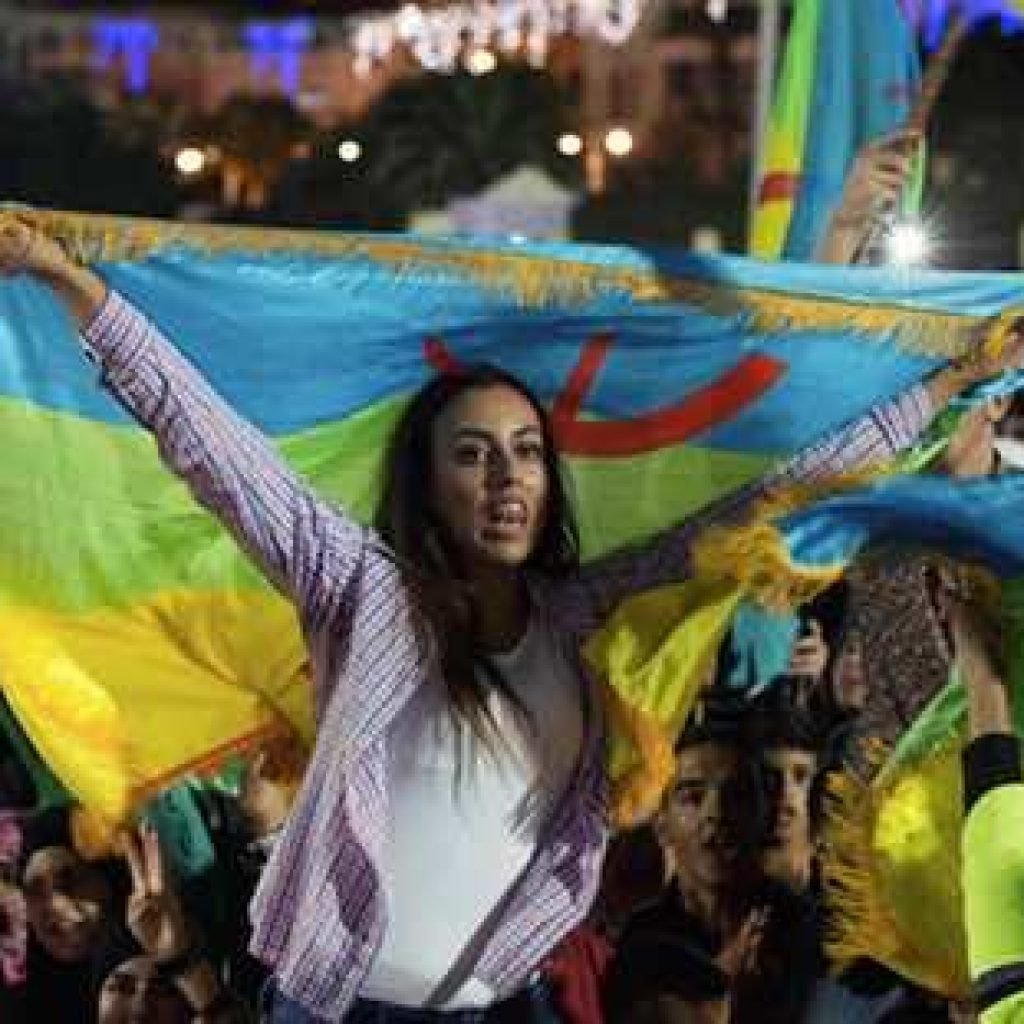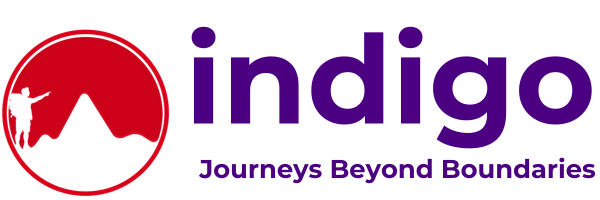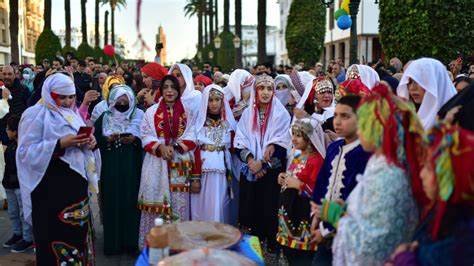


Morocco is a land where tradition and modernity coexist harmoniously, and the Amazigh New Year, known as Yennayer, is one of the most vibrant celebrations of the country’s rich cultural tapestry. Celebrated annually on January 12th, Yennayer marks the start of the Amazigh calendar, which is over 2,970 years old. For the indigenous Amazigh people, this day is not just a time to welcome a new year but a profound acknowledgment of their cultural identity, history, and connection to the land.
Origins of Yennayer – The Amazigh calendar is rooted in the agricultural cycles of North Africa and reflects the deep relationship between the Amazigh people and nature. Yennayer’s origins trace back to the coronation of Sheshonq I, an Amazigh king, as the pharaoh of Egypt in 950 BCE. This event was a significant milestone in Amazigh history and is commemorated as the start of their calendar.
Unlike the Gregorian calendar, the Amazigh calendar is closely aligned with the agricultural seasons. Yennayer coincides with the winter solstice and the beginning of the planting season, symbolizing renewal and prosperity.
How Moroccans Celebrate Yennayer
Festive Feasts
Food plays a central role in Yennayer celebrations. Families gather to share traditional meals that often include dishes made with barley, wheat, and locally sourced produce. One of the most iconic dishes is tagoula, a barley porridge prepared with butter, honey, and milk, symbolizing abundance and prosperity. In some regions, a whole roasted lamb is served to mark the festive occasion.
Cultural Performances – Throughout Morocco, Amazigh villages and communities host cultural events to honor their heritage. These events feature traditional music, dance, and poetry. The rhythmic beats of the bendir drum and the melodious tunes of the oud create a lively atmosphere, while the energetic ahwach and ahidous dances bring communities together.
Rituals and Customs – Yennayer is a time for reflection and renewal. Many families clean and redecorate their homes to welcome the new year with a fresh start. Special rituals, such as planting a tree or sowing seeds, are performed to invoke blessings for a fruitful year ahead.
Children often participate in unique traditions, such as donning traditional Amazigh attire and receiving small gifts or treats, adding to the festive spirit.
Preserving Amazigh Heritage – In recent years, the Moroccan government and cultural organizations have made concerted efforts to recognize and preserve Amazigh traditions. The inclusion of Tamazight, the Amazigh language, as an official language in Morocco’s constitution was a significant step toward acknowledging the cultural contributions of the Amazigh people.
Celebrating Yennayer also serves as an opportunity to educate younger generations and visitors about the richness of Amazigh history and its integral role in shaping Morocco’s identity.
Experience Yennayer with Indigo Expedition – At Indigo, we invite you to immerse yourself in the vibrant traditions of the Amazigh New Year. Our specially curated tours during Yennayer provide an authentic glimpse into Amazigh culture, from participating in community celebrations to enjoying traditional feasts and exploring picturesque Amazigh villages nestled in the Atlas Mountains. Join us to experience the joy, warmth, and heritage of Yennayer in Morocco. Let’s make your journey an unforgettable celebration of culture and connection. Start planning your trip today and be part of this timeless tradition!


0 Comment